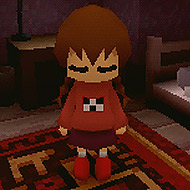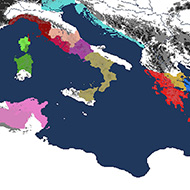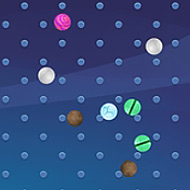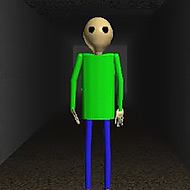Yume Nikki PS1 re-envisions its surreal universe as a retro-grade excavation of thought, ambiance, and splintered dreams. You inhabit Madotsuki, a mute dreamer, navigating a mosaic of drifting locales dense with arcane symbols and elusive significance. The design eschews concrete goals, promoting a state of wandering between realms to gather peculiar effects and ascribe them meaning.
Each venture alters subtly, molded by inquisitiveness and contemplation instead of prescribed direction. The journey builds deliberately, cultivating immersion through uncertainty, discovery, and a quiet dialogue with the subconscious.
Dream Navigation and Exploration
Yume Nikki PS1 trades conventional objectives for instinctive traversal. From Madotsuki’s solitary room, you step into disparate dreams that interlace in unexpected configurations. Every dreamscape houses passages, icons, and thresholds that lead into further abstract zones, forming a rhizomatic network devoid of a linear route.
- Layered dream maps: Worlds interlock through cryptic portals and concealed niches.
- Collectible effects: Unique items transform Madotsuki’s appearance or mobility.
- Exploration over urgency: Advancement hinges on perception and inquisitiveness, not haste.
This gradual framework encourages deriving meaning through individual lens. The PS1 reinterpretation heightens immersion by fusing nostalgic aesthetics with ambient soundscapes, yielding a domain that feels uncanny yet intimately resonant.
Visual and Audio Language
The game’s PS1-era stylization deepens its aura of subdued disquiet. Reductive geometry and warped color schemes generate visual dissonance, while static noise and tiled textures recall the analog grain of early console eras. These technical constraints become expressive, reinforcing the logic of dreams.
- Distorted visuals: Scenes mutate subtly, suggesting motion in stillness.
- Ambient loops: Sparse melodies and hollow echoes amplify solitude.
- Retro illusion: Pixel density and muted palettes echo half-remembered visions.
The restrained composition shifts emphasis toward affective interpretation. In place of explicit horror or narrative, mood surfaces through pattern and absence, allowing players to imprint their own psyche onto the silence.
Interpretation and Symbolism
Yume Nikki PS1 declines definitive explanation, opting instead to foster private reflection through recurrence and scrutiny. Settings are studded with repeating motifs—eyes, halls, silhouettes—that intimate memory, dread, or invention. The omission of explicit plot invites inward focus and emotional deciphering.
- Unscripted narrative: Meaning is authored through personal correlation.
- Subtle changes: Revisiting a known zone might disclose faint alterations.
- Intuitive storytelling: The environment itself functions as the medium of expression.
Such liberty transmutes play into a hushed introspection. Every interval prompts meditation, converting the void of objectives into a purposeful artistic comment on perception and cognition.
Conclusion
Yume Nikki PS1 presents a haunting, meditative voyage that substitutes structure with sensory depth. Its dream-logic progression, minimalist aesthetic, and emblematic design forge an affective passage that feels simultaneously intimate and boundless.
Players glean significance through patience, traversing a terrain assembled from splinters of imagination. In its simplicity and open-endedness, the game illustrates how meandering through silence can evolve into its own narrative form, rendering each session a tranquil inquiry into what dreams may withhold.













































































